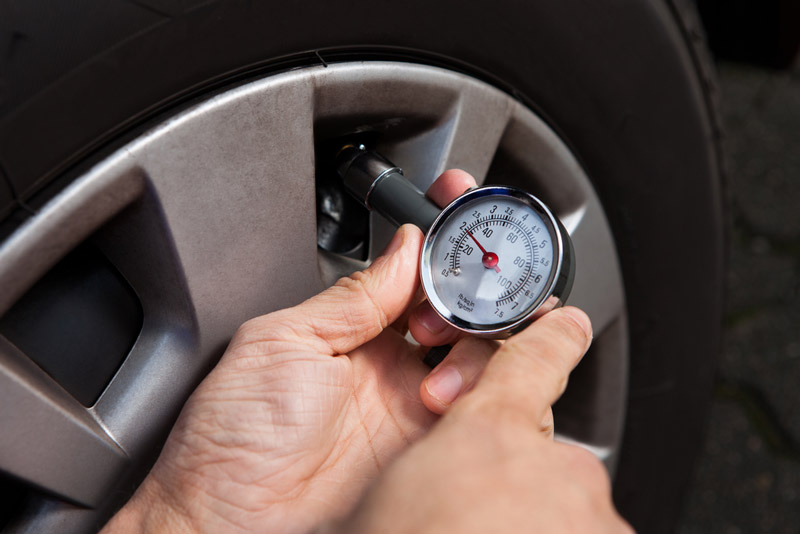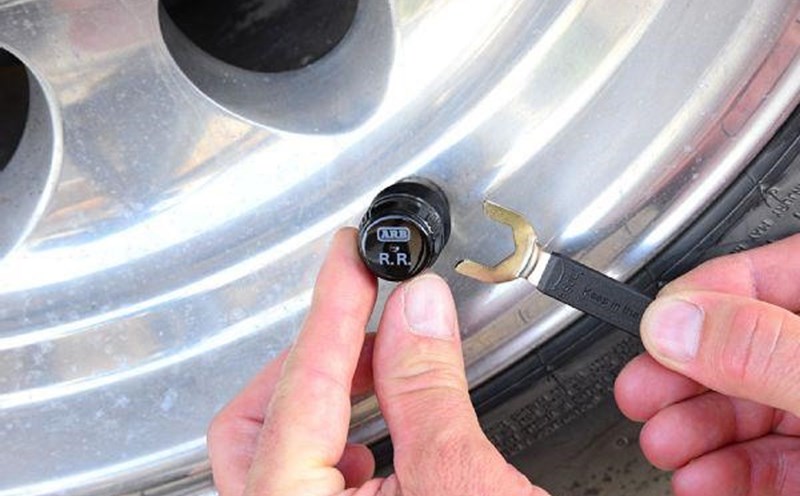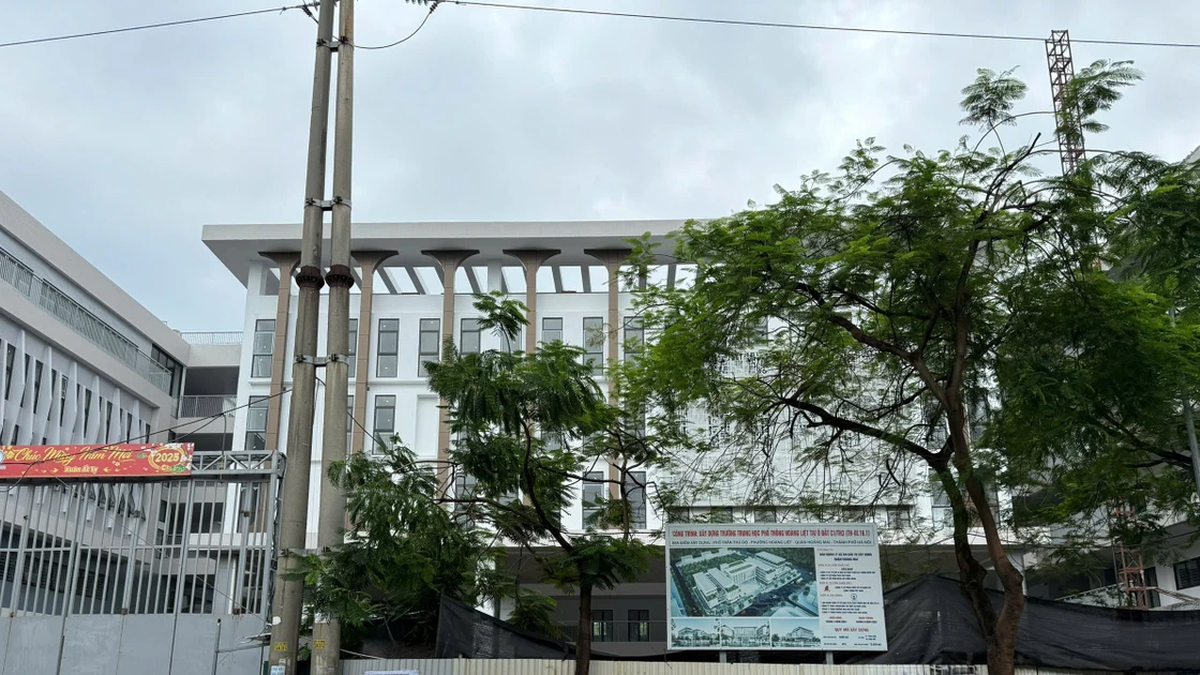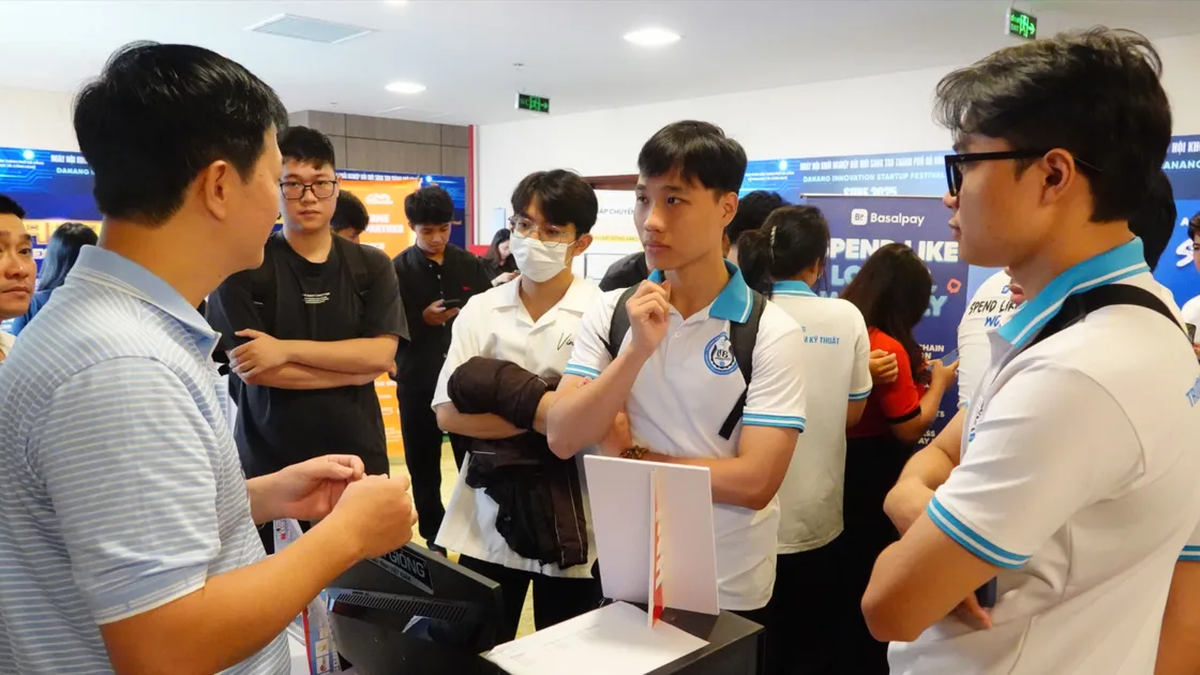Normally, a tyre in good condition loses 1-3 psi (0.07-0.2 bar) of pressure per month, which can be a natural phenomenon due to osmosis or temperature changes. However, if the decrease exceeds this level, the tyre may be at risk of a slow leak - a condition with serious consequences.
This phenomenon is not easy to detect, because there is usually no sign of a sharp object piercing the tire, or a characteristic hissing sound. If left for a long time, it can affect the tire's lifespan, or it can lose air while moving.
How to detect low tire pressure.
The simplest and most effective way to detect slow deflation is to use a tire pressure monitoring system (TPMS) priced at 1-2 million VND depending on the type (internal or external). This device not only helps drivers monitor tire pressure but also provides temperature information, helping to prevent unwanted deflation.

Slow deflation occurs when tire pressure drops more than 1-3 psi (0.07-0.2 bar) per month. Photo: illustration
In addition to TPMS, drivers can use a portable inflator as a convenient way to check tire pressure periodically. At the same time, drivers can also use an electronic handheld tire pressure gauge for about 200,000-400,000 VND to check daily and identify the risk of slow inflation.
Causes of tire deflation.
In addition to punctures, damaged tire valves and warped rims are common causes. To address the problem, it is important to check and replace tire valves when necessary. Additionally, valve stems can become damaged or worn due to long-term use. The valve on the wheel can be replaced without having to replace the entire tire.
Another cause is a warped or cracked rim that causes air to leak at the rim, where the tire meets the rim. Rims must always be round to be airtight, so if the rim is damaged by going over potholes, bad roads, or hitting the curb, the tire can lose air.
How to detect tire leaks at home.

Damaged tire valves are one of the causes of tire air loss. Photo: illustration
For those who want to check it themselves, using soap is a simple and effective method. By spraying soap on the tire and observing where the foam forms, the driver can easily locate the air leak and take the car to a repair facility in time.
Once the cause is determined, the driver should check and find a reputable repair facility with quality equipment to replace the tire. In addition, when replacing a new tire, the driver should rebalance the wheel after replacing the new tire to ensure even weight distribution and increase tire life.
Conclude.
Slow deflation may be an easy-to-miss "disease" but it is fraught with risks. Drivers need to understand the phenomenon of slow deflation and apply preventive measures to maintain safety and tire life. For drivers, this is not only a technical issue but also an important step to ensure safety on the road.
Source
























































![[Maritime News] Container shipping faces overcapacity that will last until 2028](https://vphoto.vietnam.vn/thumb/402x226/vietnam/resource/IMAGE/2025/7/30/6d35cbc6b0f643fd97f8aa2e9bc87aea)













































Comment (0)